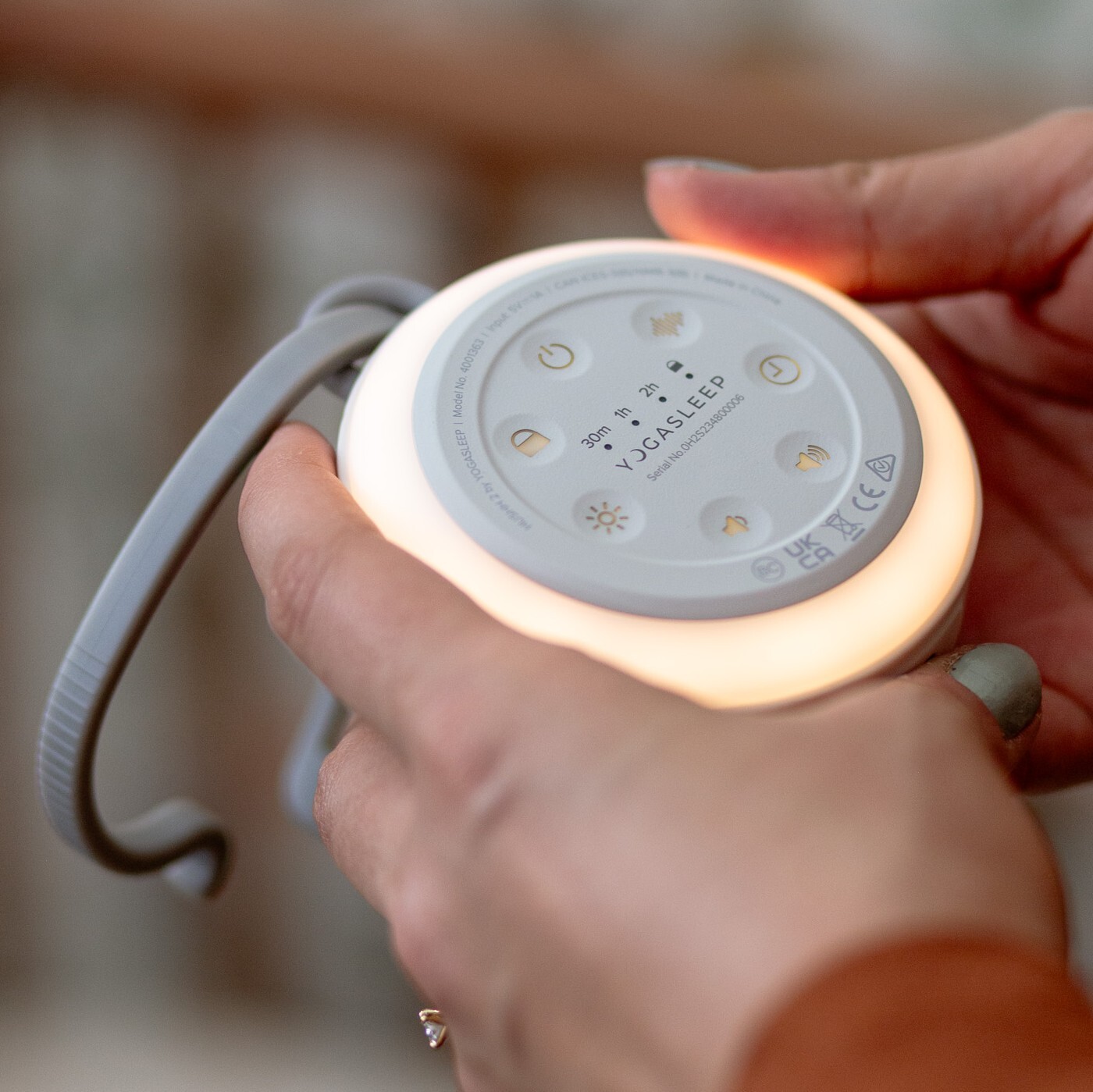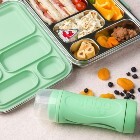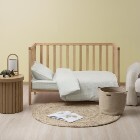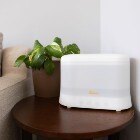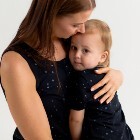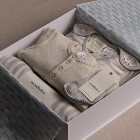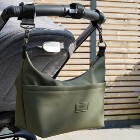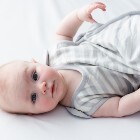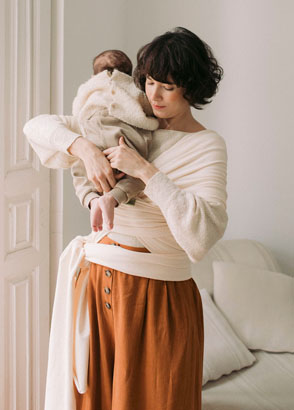More safety information from Babywearing International
Babywearing International believes that babywearing is an inherently safe activity. But as with any other baby or child product, it is important to observe a few basic safety tips.
Make sure your child’s airway remains open at all times while babywearing
The best way to do this is to keep him or her in an upright position, high enough on your body to monitor breathing and ensure that her chin is off her chest. Babywearing International recommends that infants only be held in a horizontal or cradle position while actively nursing (if desired) and return to an upright or vertical position as soon as they have finished.
It is also important that your carrier provides adequate support for your infant’s developing neck and back
Ideally baby should be held with his knees higher than his bottom with legs in a spread squat position and support from knee to knee although with older babies and toddlers full knee to knee support is not always possible or necessary. An ergonomic carrier (whether a soft structured carrier, Asian-style carrier, sling, or wrap) will provide better support for baby and will be more comfortable for the caregiver as well.
Always inspect your carrier for wear or damage before use, examining it for weak spots, loose stitching, worn fabrics, etc
BWI recommends purchasing a carrier from a reputable manufacturer to ensure that it meets all current safety, testing, and labelling standards.
Practice all carries—especially back carries–with a spotter, over a bed or couch, or low to the ground until you are completely confident
A local Babywearing library meeting is the perfect place to learn new skills with the assistance of a Volunteer Babywearing Educator. In most cases it is best to be comfortable with front carries before attempting back carries.
Always exercise common sense while babywearing
Baby carriers are not an approved child restraint or flotation device and should not be used in moving vehicles or boats. Avoid babywearing in situations where it would not be safe to carry an infant in-arms.



